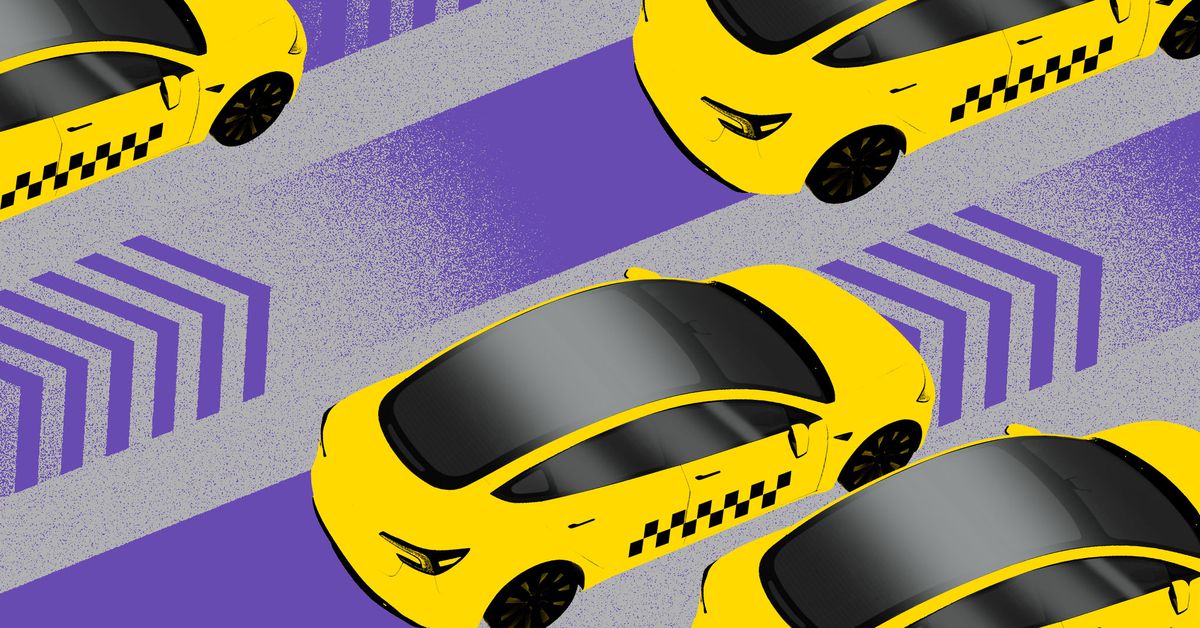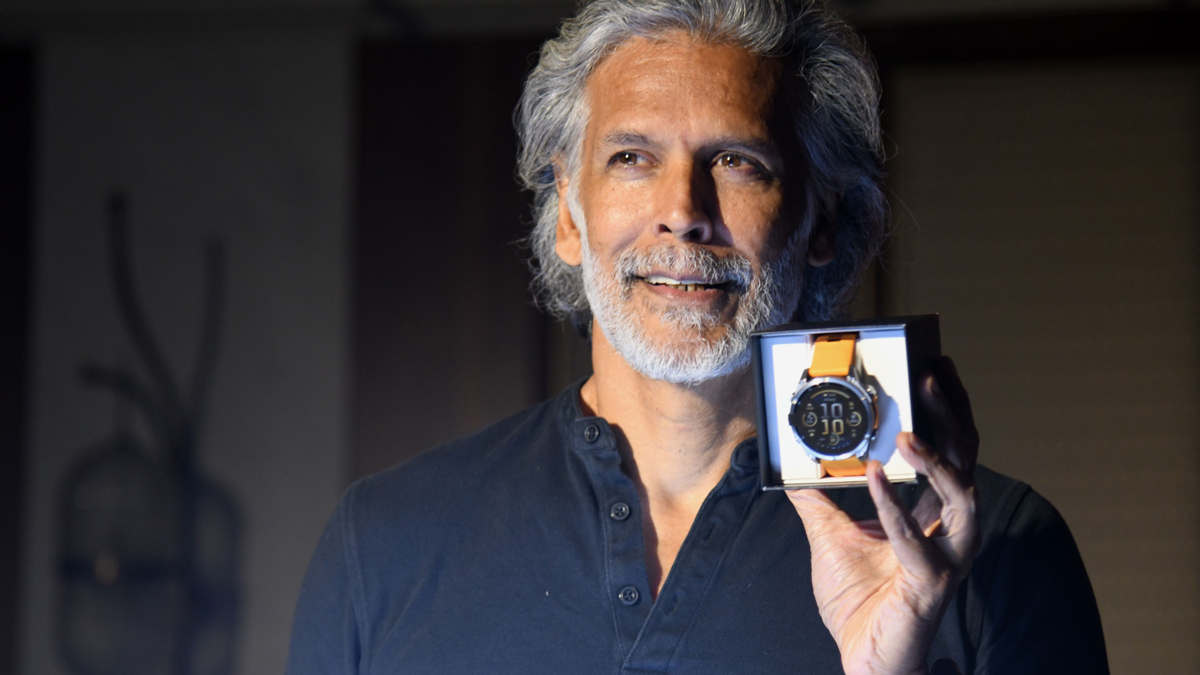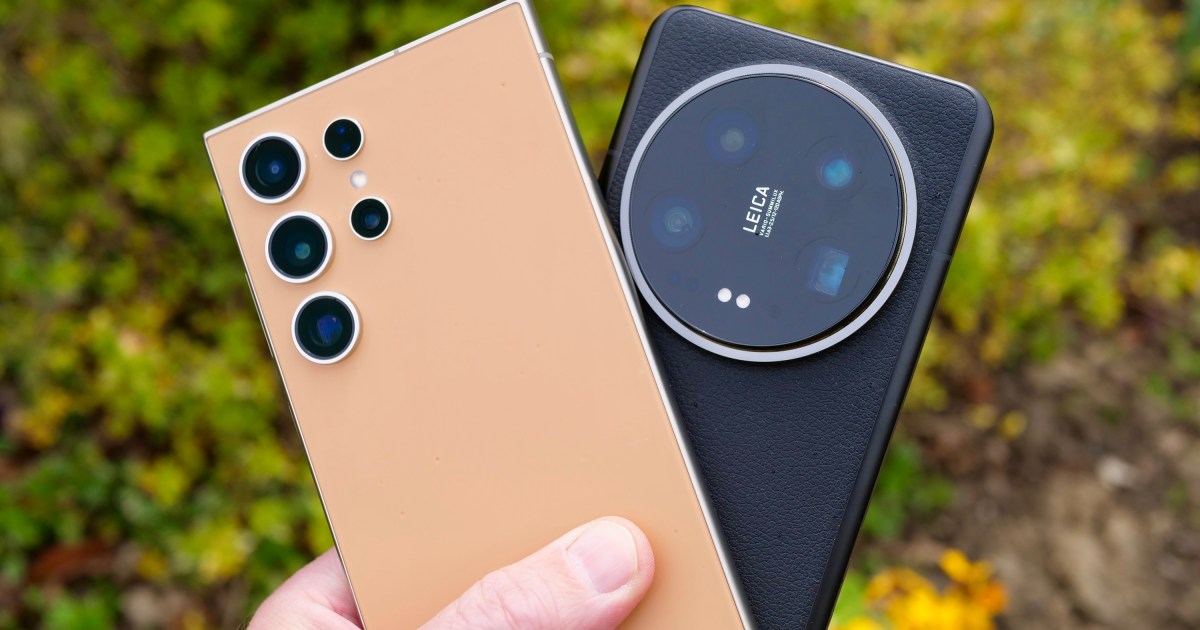Want a svelte streaming amp that looks for all the world like it was hewn by the Greek God Chrysus – the one most associated with precious metal? Devialet can help, with its all-new Astra (which is essentially the name of the Titan God of the stars, planets and so on).
The Astra Opéra de Paris edition is finished in 23-carat gold leaf by artisans from Ateliers Gohard. But under its stunning exterior, it is of course built on past greatness. In this case, Devialet wouldn’t necessarily point you towards its spherical Devialet Mania (also available in a ‘sunset rose’ hue) or the company’s fabulous high-end Dione soundbar which boasts the same drivers as those premium in-flight seats. No, Astra is the evolution of Devialet’s first creation, the Devialet Expert amplifier, unveiled 15 years ago – yes, now I also feel as old as the Gods.
Devialet says Astra is “our most advanced integrated audiophile system yet”, and despite its proportions of just 38.6cm x 38.6cm x 4.7cm – so about the same as a very high-end pizza box – and a pretty slimline weight of 7.2kg, it totes 2×300 watts of power. There’s also Wi-Fi 6 for Airplay, Google Cast, Spotify Connect, Tidal Connect, UPnP and Roon Ready support. Bluetooth 5.3? Yes, it’s here, although with only SBC and AAC codecs supported, you’d probably want to stick with Wi-Fi streaming.
Astra is a preamp, amp, DAC, streamer and phono stage in a single and ultra-compact unit. You can daisy-chain up to 8 devices, the built-in phono stage works with MM and MC cartridge turntables, the pre-amp out can be set to mono or stereo, and Devialet says its proprietary Speaker Active Matching (SAM) technology makes the Astra compatible with over 1,200 passive speaker profiles.
Connectivity? Ethernet, USB-C 2.0 (data port), digital coaxial inputs (up to 4x RCA 75Ω) digital optical ins (2x Toslink) analog inputs (up to 2x RCA stereo, plus that MM/MC phono stage with 13 equalization curves) are all here – and should you want to stack two of them for double the power, Devialet says that’ll be seamless too, with the Devialet control app at the wheel.
Devialet’s hi-fi lineup in undeniably stylish – and premium…
I’ve loved Devialet products since the company announced its luxury in-seat airplane sound systems – the subsequently news that they were arriving in business class on Japan Airlines last year.
For me, the Devialet Astra looks not dissimilar to the also-aspirational Beosound Level wireless speaker made my Bang & Olufsen – but machined from a single aluminum block then anodized, laser-engraved, brushed, and covered with 23-carat gold leaf, rather than the Hygge wood-texture look of the B&O product.
You also get a redesigned, battery-powered USB-C remote in the box. The large knob central to its design reminds me of the even-more-expensive Moon North 761 and 791 amplification system I spent a joyous evening enjoying last year, which can only be a Very Good Thing.
Each Devialet Astra Opéra de Paris in individually numbered – so you know it’s not going to come cheap. Ready? The Devialet Astra Opéra de Paris is available now, priced £18,000, which is around $23, 340 or AU$35,070, before any associated duties.
Bit rich for the blood? That’s OK, Devialet is also offering the Astra in ‘Light Bronze’ for just £14,000, or around $18,150. I’ll take two…












































































































































































You must be logged in to post a comment Login